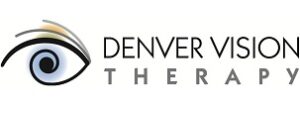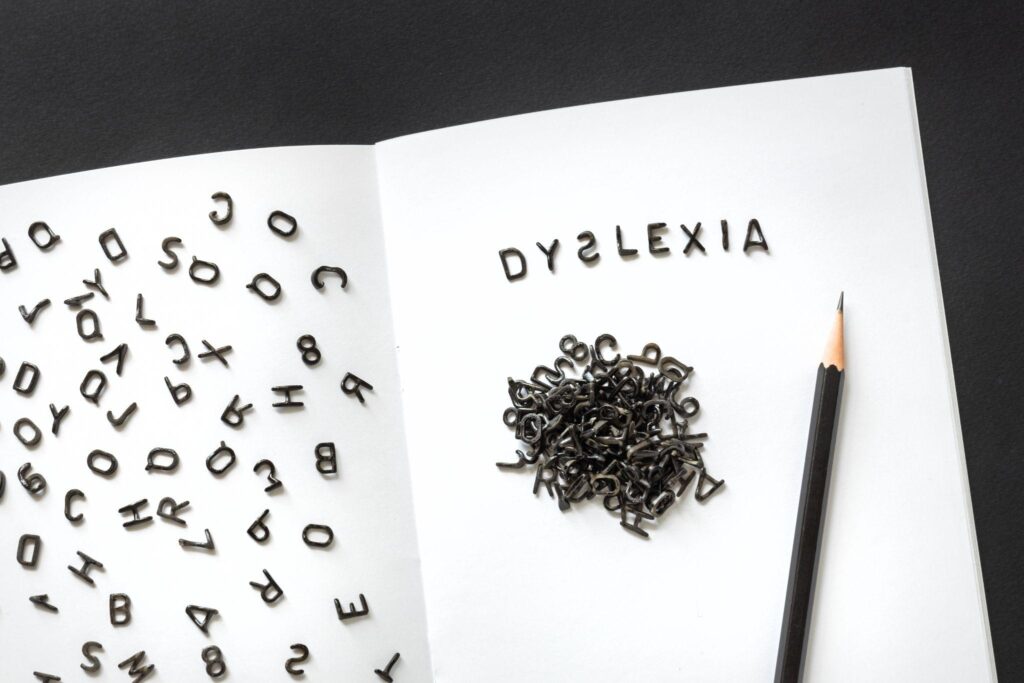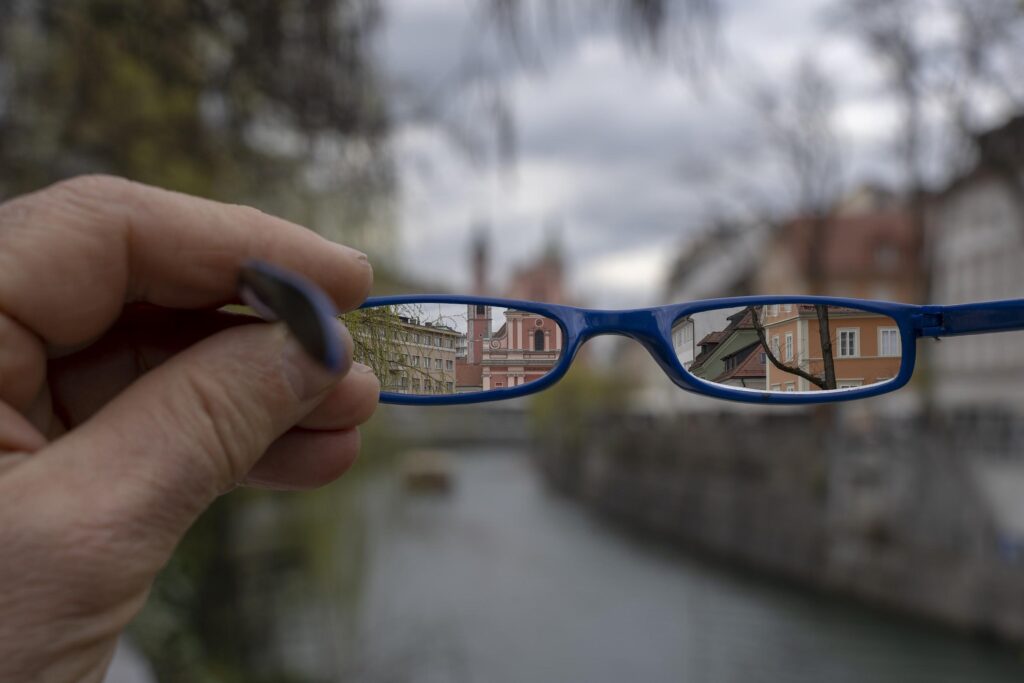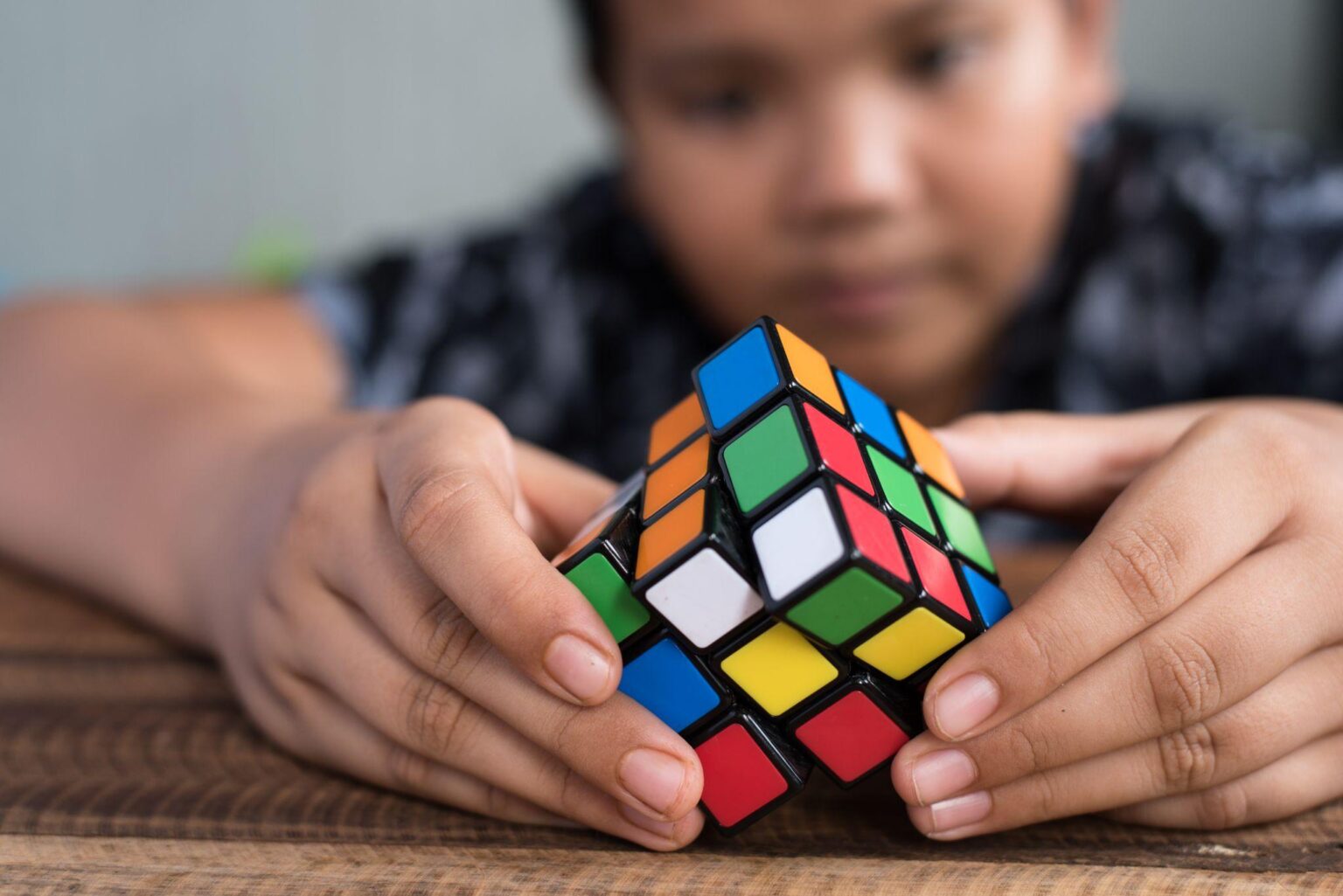Vision, Reading, and Learning
Vision is much more than just a measure of distance visual clarity and ‘20/20’ vision. The skills that are critical for effective reading and learning include a variety of eye movement and visual processing skills. When deficits occur in these areas, poor performance and visual symptoms result. Just because you can hold a pencil doesn’t mean you can write! Similarly, just because you can see 20/20 in the distance doesn’t mean you can use your eyes effectively for reading.
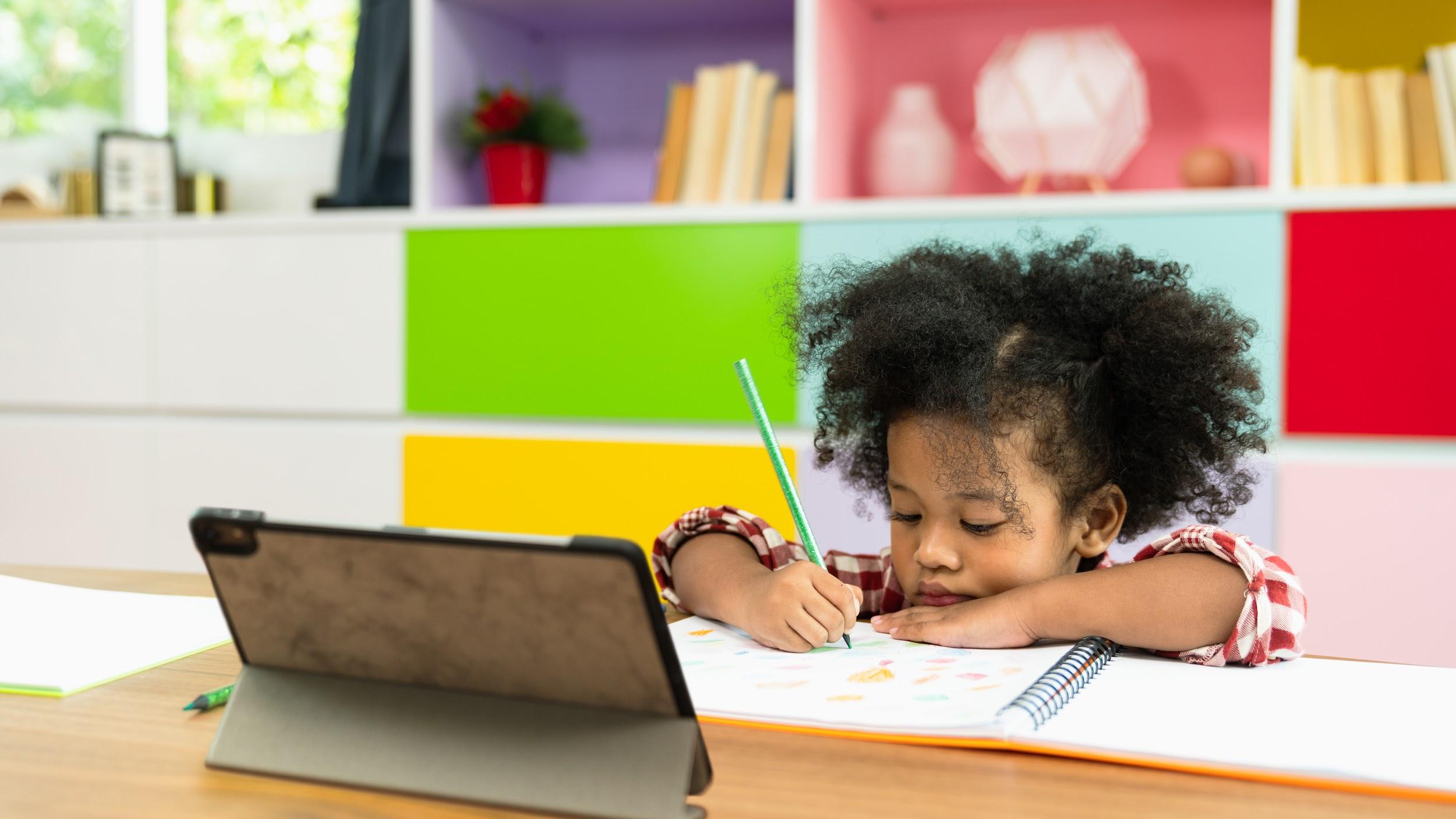
Often kids and adults may not be aware that their visual skills are deficient. After all, they have only ever seen through their own eyes, and it’s all they have ever known.
The following key questions can help uncover visual efficiency skill problems:
- Do you ever have a hard time seeing the letters or words when the font size is small?
- Do you ever see things split into two, even for a moment?
- Do you ever skip words or lines when reading?
- Do your eyes ever hurt, feel tired, or burn when you are reading or doing a visual task?
- Do you get tired or get headaches after reading?
If the child is older than age 7, and the above questions are ‘yes’ or even ‘sometimes’, then there is likely a delay in the development of visual efficiency skills such as tracking, eye teaming, or eye focusing.
For more vision symptoms and other observations, check out our Child Vision Symptom Checklist or the Adult Vision Symptom Checklist

The visual efficiency skills involve coordinated eye movements that are necessary for reading and learning include the following:
- Tracking - our eyes must move quickly and accurately to read and scan our environment. Similar to a super-fine motor skill, it must be learned and developed.
- Eye focusing - our eyes have a natural lens inside which changes shape to keep our vision clear. This should occur without effort or conscious work.
- Eye Teaming - also called binocular vision, is a system which allows us to see one image even though we have two eyes. The eyes working together easily should be automatic and should result in good depth perception (stereopsis).
A common visual efficiency problem is convergence insufficiency which affects up to 7% of the population. This condition makes it difficult for the individual to use their eyes together while reading, because the eyes want to drift apart. The effort involved with near work, particularly reading and computer use, can cause headaches, eyestrain, or double vision. Fortunately, this condition is well studied and research has shown that vision therapy is the most effective solution. Vision therapy is helpful for many vision problems, including distance double vision, poor tracking, poor eye focusing, and many others.

After our eyes send visual information to our brain, our visual processing system interprets the information for use. These visual processing skills are essential building blocks for all areas of reading, learning, driving, and other activities of daily living.
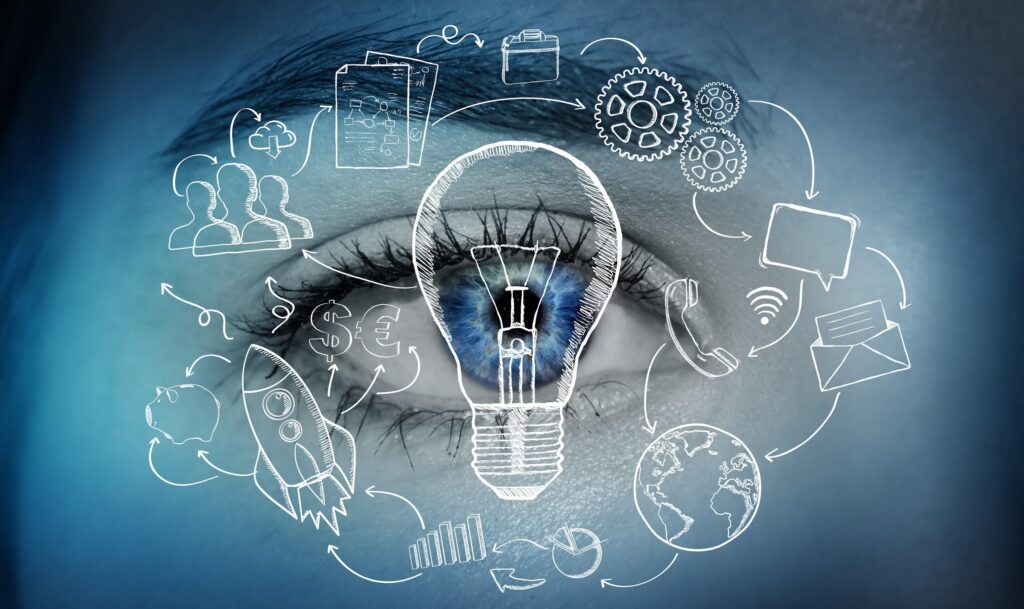
Developmental vision care and vision therapy can effectively address all of the above skills and improve areas of deficit, allowing the individual to perform at their highest potential. While these skills are more often identified in children, even adults can benefit from improvement in their visual skills.
Learn more about vision therapy »
Contact us to schedule an appointment »
More info on:
Strabismus and Amblyopia »
Concussion and acquired brain injury »
Visual processing deficits »

